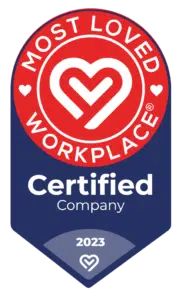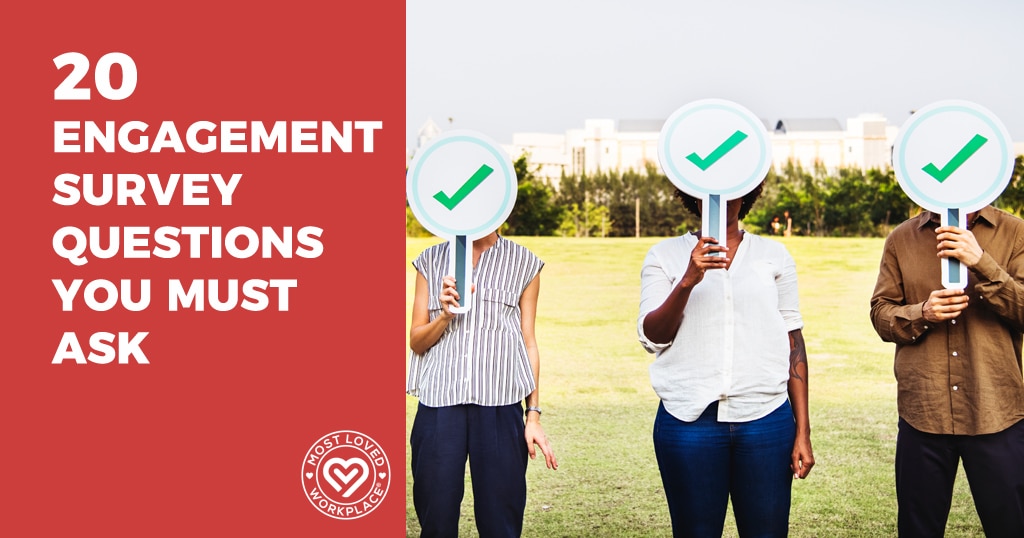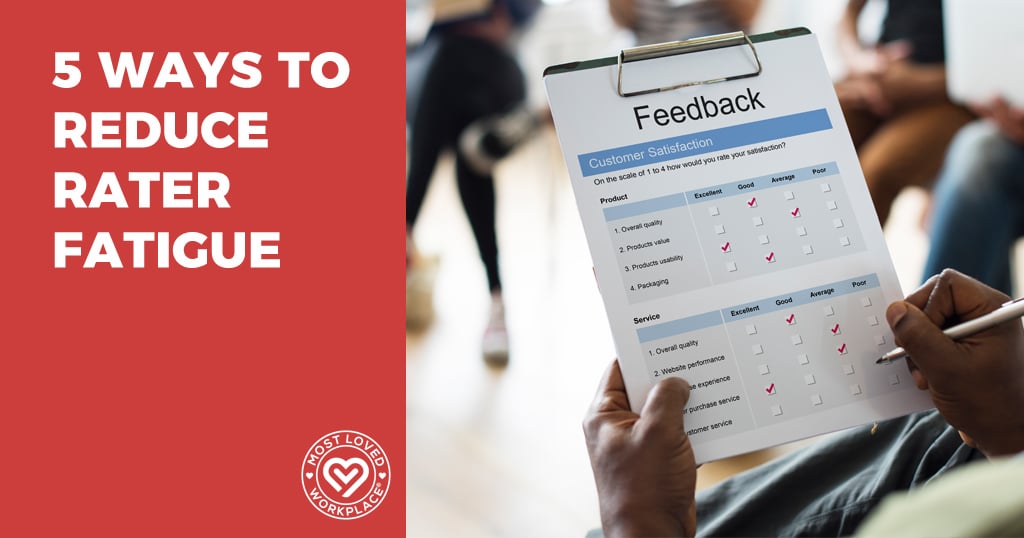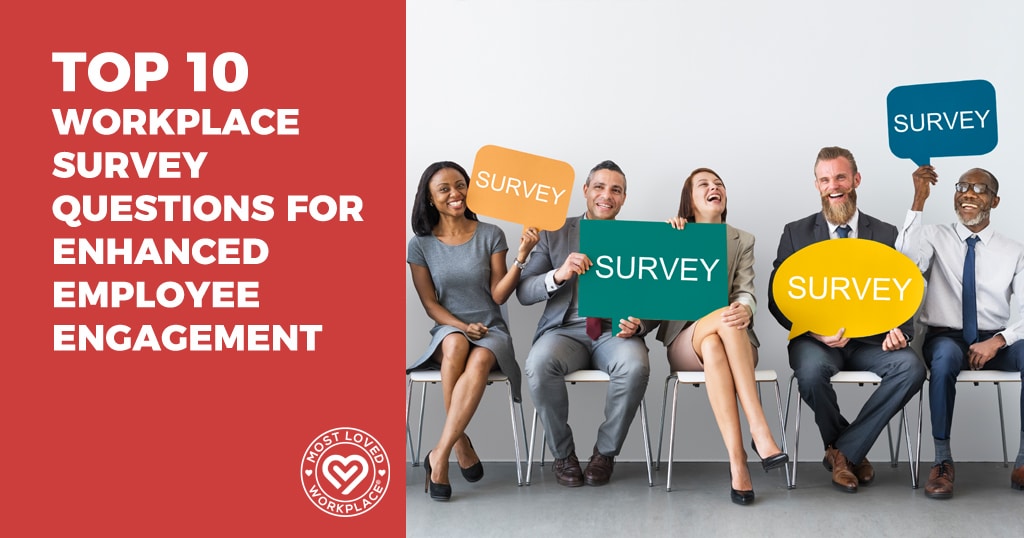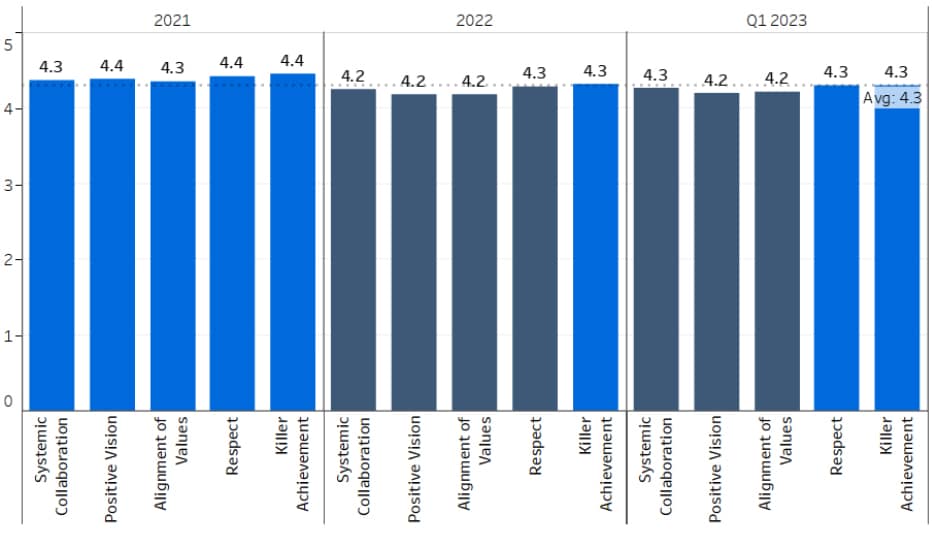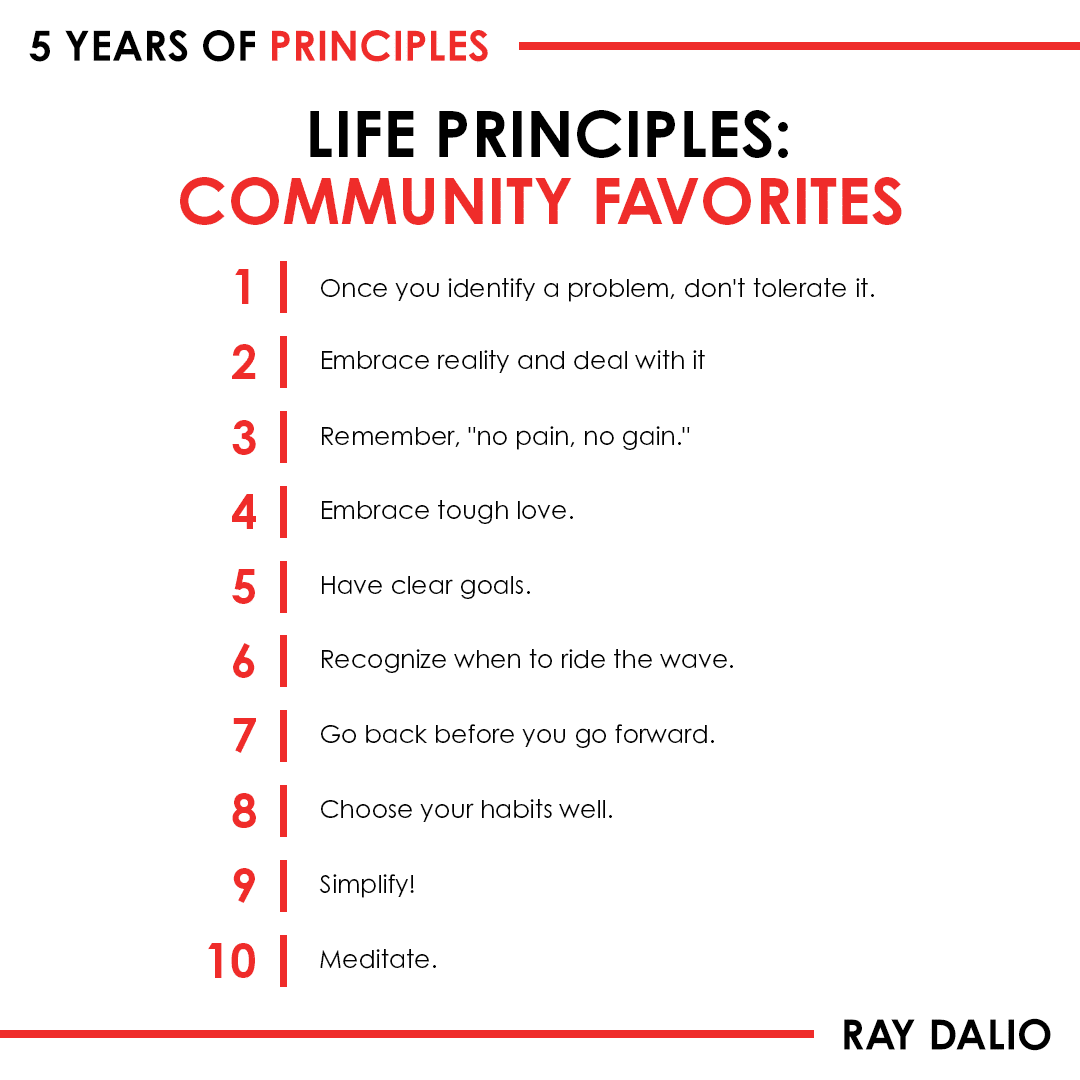Are You Ignoring the Signs from Negative Employee Feedback at Your Peril?

In today’s rapidly evolving business landscape, understanding and addressing employee feedback, especially negative feedback, has become crucial. The Most Loved Workplace® research and methodologies, grounded in data-driven insights and machine learning advancements, emphasize the importance of this practice for organizational success. This article explores how ignoring negative employee feedback can be perilous for businesses and highlights the role of advanced tools like the Love of Workplace Index™ in mitigating these risks.
Table of Contents
The Changing Dynamics of Employee Feedback
The workplace has undergone significant changes in recent decades, influenced by shifts in workforce requirements, generational values, and the impact of global events like the COVID-19 pandemic. These factors have led to a reevaluation of the role of work in employees’ lives. A study by Workforce (May 2021) highlighted the steepest annual decline in US labor productivity since 1948, underscoring the need for even stronger emotional connectedness in the workplace.
Emotional connectedness, as defined by Meyer and Allen (1991), goes beyond mere affective committment or satisfaction. It encompasses a genuine love for one’s workplace, fostering a sense of belonging, psychological safety, and mutual respect, ultimately leading to heightened employee engagement and productivity.
The Dangers of Overlooking Negative Feedback
Ignoring negative feedback can have several detrimental effects on an organization:
- Reduced Employee Engagement and Productivity: Negative feedback is often a cry for help, signaling areas where employees feel undervalued or unheard. Overlooking such feedback can lead to disengagement and a decline in productivity.
- High Employee Turnover: Consistent neglect of employee concerns can result in higher turnover rates, affecting morale and incurring significant costs related to hiring and training new staff.
- Impact on Company Reputation: In the era of social media and employer review sites, negative experiences can quickly become public, harming the company’s reputation and ability to attract top talent.
- Stifled Innovation: Employees who feel the company ignores their feedback are less likely to contribute innovative ideas, stunting the organization’s growth and adaptability.
Building a Thriving Workplace Culture!
Discover how to leverage the right technology and implement a proactive strategy that cultivates talent and facilitates team collaboration.
Embracing Machine Learning for Feedback Analysis
The Most Loved Workplace® has developed a custom BERT model that leverages machine learning to analyze employee feedback efficiently and effectively. This approach goes beyond traditional natural language processing solutions by simultaneously analyzing multiple dimensions of qualitative feedback.
Sentiment and Emotion Analysis
The custom BERT model categorizes feedback into sentiments (positive, neutral, negative) and emotions (like love, optimism, disapproval, and anger). Understanding these nuances is crucial for addressing employee concerns appropriately.
Themes and Topics
The model identifies specific organizational strengths and weaknesses mentioned by employees, covering topics like communication, management, and vision. This thematic analysis is vital for pinpointing areas that need improvement.
The Importance of Addressing Negative Feedback
- Creating a Responsive Culture: By addressing negative feedback, organizations can foster a culture where employees feel valued and heard, essential for building trust and loyalty.
- Improving Employee Well-being: Responsiveness to feedback, especially negative, is crucial for employee well-being, reducing burnout and promoting a healthier work environment.
- Driving Innovation and Growth: An environment that values all forms of feedback is conducive to innovation. Employees feel more empowered to share ideas that can drive growth and improvement.
- Enhancing Decision-Making: Data-driven insights from employee feedback can inform strategic decisions, leading to more effective and sustainable business practices.
Case Studies: The Power of Addressing Negative Feedback
DirecTV, DFIN, ATD, and Springfield Clinic
Case studies from these organizations demonstrate the efficacy of using the Love of Workplace Index™ and Most Loved Workplace® methodology. By paying attention to negative feedback, these companies were able to transform their workplace culture, resulting in increased employee satisfaction and productivity.
DFIN Case Study
At DFIN, addressing negative employee feedback led to significant workplace improvement. The company utilized the insights from the Love of Workplace Index™ to identify areas where employees felt dissatisfied or disconnected. By proactively addressing these issues, DFIN enhanced employee engagement, reduced turnover rates, and fostered a culture of continuous improvement and open communication.
Springfield Clinic Case Study
Springfield Clinic’s approach to negative feedback is a prime example of the transformative power of attentive listening. The clinic’s management recognized that negative feedback was not just a problem to be solved but an opportunity to engage with employees on a deeper level. By implementing changes based on the feedback, Springfield Clinic improved its operational efficiency, enhanced patient care, and saw a notable increase in employee morale and job satisfaction. The clinic’s proactive stance on addressing concerns highlighted in the feedback has been instrumental in creating a more dynamic, responsive, and patient-centered healthcare environment.
American Tire Distributors (ATD)
ATD utilized the Most Loved Workplace® data to drive employee engagement significantly. Addressing areas highlighted in negative feedback created a more connected culture and improved business strategy alignment.
Conclusion
Ignoring negative employee feedback is a risky strategy that can lead to reduced productivity, high turnover, and a tarnished reputation. Utilizing advanced tools like the Love of Workplace Index™, powered by machine learning, can transform how organizations respond to feedback. By embracing a culture that values and acts upon both positive and negative feedback, companies can foster a more engaged, productive, and innovative workforce, ultimately driving organizational success.
The shift from merely collecting to actively responding to employee feedback, predominantly the negative, marks the transition from a traditional to a modern, empathetic, and thriving workplace. Most Loved Workplace® provides a blueprint for this transformation, combining the human element with advanced technology to create workplaces where every voice is heard, valued, and acted upon.

Louis Carter is the founder and CEO of Best Practice Institute, Most Loved Workplace, and Results-Based Culture. Author of In Great Company, Change Champions Field Guide, and Best Practices in Talent Management, as well as a series of Leadership Development books. He is a trusted strategic advisor and coach to CEOs, CHROs, and leaders of mid-sized to F500 companies – enabling change and steering employer brand development together with highly effective teams, leaders, and organizations as a whole.


